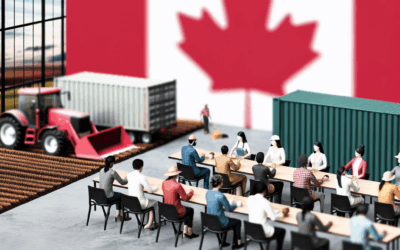What the Latest U.S. Tariff Policies Mean for Canadians
The economic relationship between Canada and the United States is once again under pressure as the U.S. government, under President Trump’s leadership, enforces a series of tariffs that directly affect Canadian exports.
While many nations were granted a temporary 90-day suspension of new 10% reciprocal tariffs, Canada was notably excluded from that list. This decision, paired with existing and re-imposed tariffs, paints a complicated picture for Canadian industries and consumers alike.
Key Tariffs Affecting Canada
10% Tariff on Energy Imports
Canada, a major supplier of energy to the U.S., now faces a 10% tariff on exports like oil, natural gas, and electricity. This could increase costs for American buyers, potentially making Canadian energy less competitive, and force Canadian producers to explore alternative markets.
25% Tariff on Non-USMCA Compliant Goods
Any products not meeting the standards of the U.S.-Mexico-Canada Agreement (USMCA) face steep 25% duties. This creates pressure on Canadian businesses to strictly align with USMCA rules, or risk being priced out of the U.S. market.
Steel and Aluminum Tariffs
The 25% tariffs on Canadian steel and aluminum remain in place, adding ongoing strain to Canadian manufacturers and workers in the sector.
Impact on Canadians
For everyday Canadians, the implications may be both economic and political:
Higher Prices: Canadian companies absorbing higher export costs may pass those down the supply chain, potentially increasing the cost of goods in both countries.
Job Uncertainty: Industries like manufacturing, mining, and energy—key employers across provinces—may face slowdowns or layoffs if U.S. demand wanes.
Trade Diversification: These tensions may accelerate efforts by Canadian businesses and the federal government to diversify trade relationships beyond the U.S., such as with Europe and Asia.
In response, Canadian Prime Minister Mark Carney has pledged to negotiate a “new economic and security relationship” with the United States after Canada’s April 28 federal elections. Whether this results in relaxed trade tensions or further policy shifts remains to be seen. For now, Canadians are bracing for a period of economic recalibration—one that could reshape the country’s trade strategy and reinforce the importance of reducing reliance on a single export market.



